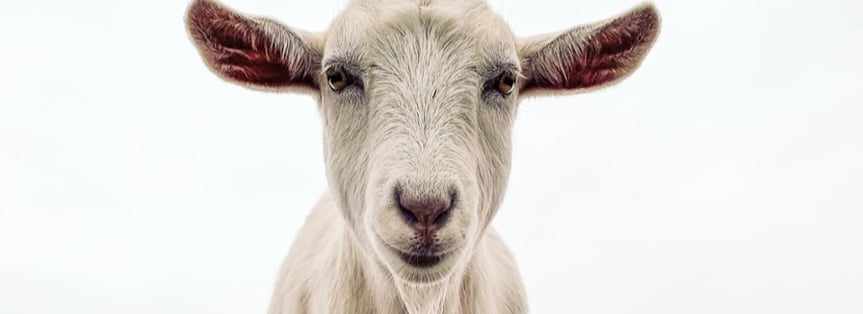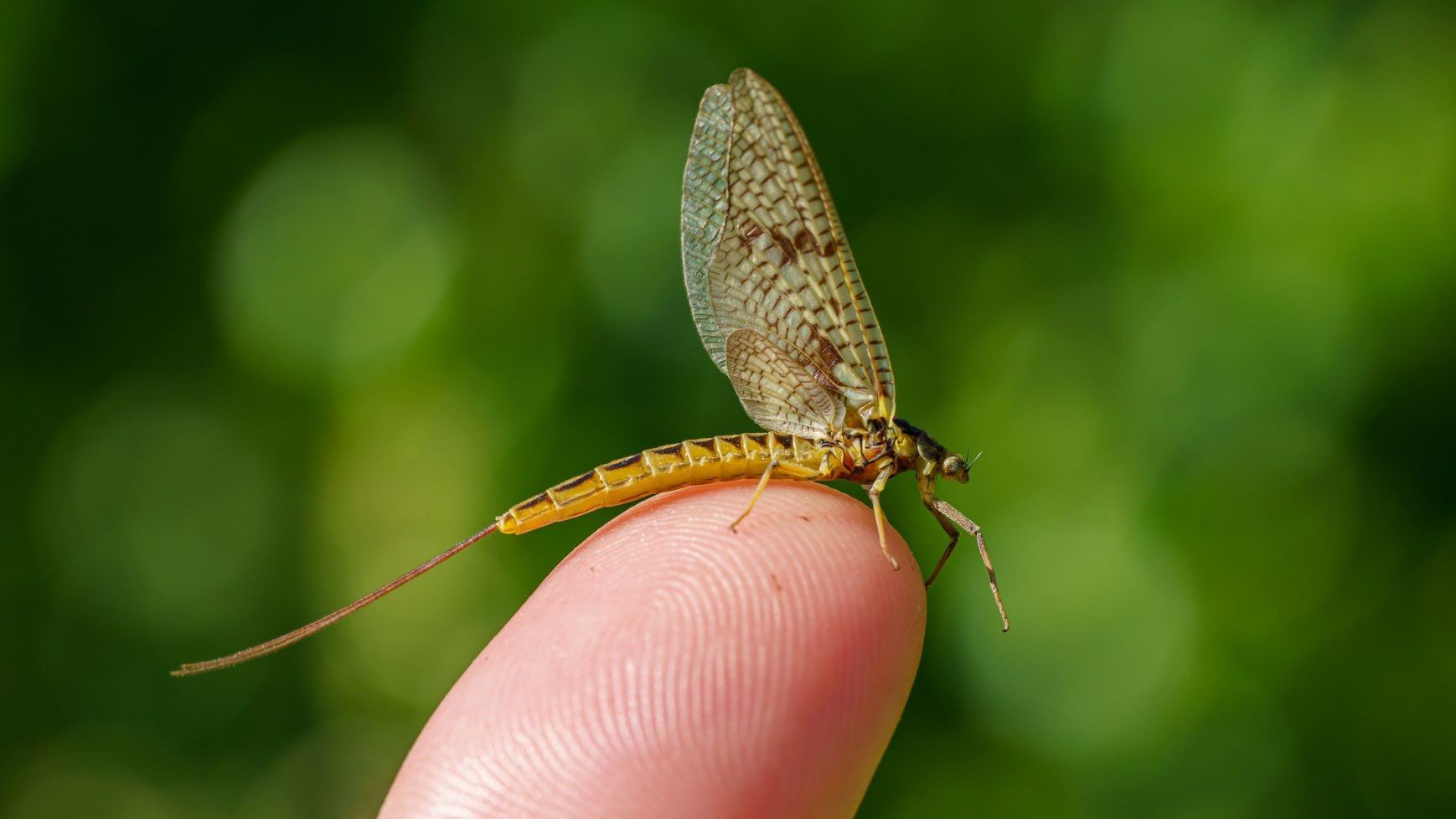How to Build AI Agents
From Code to Capability: A Practical Demo of Agentic AI in Action
In a recent Synaptiq webinar, Dr. Tim...
|
CONSTRUCTION & REAL ESTATE
|
 |
|
Discover how crafting a robust AI data strategy identifies high-value opportunities. Learn how Ryan Companies used AI to enhance efficiency and innovation.
|
| Read the Case Study ⇢ |
|
LEGAL SERVICES
|
 |
|
Discover how a global law firm uses intelligent automation to enhance client services. Learn how AI improves efficiency, document processing, and client satisfaction.
|
| Read the Case Study ⇢ |
|
HEALTHCARE
|
 |
|
A startup in digital health trained a risk model to open up a robust, precise, and scalable processing pipeline so providers could move faster, and patients could move with confidence after spinal surgery.
|
| Read the Case Study ⇢ |
|
LEGAL SERVICES
|
 |
|
Learn how Synaptiq helped a law firm cut down on administrative hours during a document migration project.
|
| Read the Case Study ⇢ |
|
GOVERNMENT/LEGAL SERVICES
|
 |
|
Learn how Synaptiq helped a government law firm build an AI product to streamline client experiences.
|
| Read the Case Study ⇢ |
 |
|
Mushrooms, Goats, and Machine Learning: What do they all have in common? You may never know unless you get started exploring the fundamentals of Machine Learning with Dr. Tim Oates, Synaptiq's Chief Data Scientist. You can read and visualize his new book in Python, tinker with inputs, and practice machine learning techniques for free. |
| Start Chapter 1 Now ⇢ |
By: Synaptiq 1 Jan 17, 2023 6:00:00 AM

If you know me as the CEO & Co-Founder of Synaptiq, you may be surprised to learn that I studied entomology as an undergraduate and graduate. Entomology, or the scientific study of insects, appeals to my appreciation for the natural world — an appreciation that today informs my work as head of an AI company
Synaptiq’s purpose is to build a brighter world for future generations with novel applications of machine learning and AI. We believe that “intelligent” technology is powerful because it can accelerate positive change, particularly change that is difficult or cost-prohibitive to achieve manually. As a trained entomologist, I have an eye for “the little things” in life. I spend much of my time considering details that shape our lives while flying “below the radar,” such as solutions to problems that may not be individually notable but are hugely impactful in their totality.
I’m excited to share one such concept with you today: computer vision to identify and count macroinvertebrates (“bugs”) for evaluating water quality. This idea combines my passion for entomology with the AI expertise of our team at Synaptiq.
Aquatic macroinvertebrates (insects, snails, worms, crayfish, and clams) serve as bioindicators of water quality. These organisms have varying levels of tolerance to pollution, so their presence or absence in a waterway provides crucial information about the health of its ecosystem. They are, in a sense, living pollution sensors.
Traditionally, the observation of macroinvertebrates to evaluate water quality is a labor-intensive and time-consuming process. People must carefully collect a sample; then, an expert must painstakingly identify and count each macroinvertebrate present. This second step is particularly challenging, as many macroinvertebrates grow no larger than 1/4 inch in length, and many species closely resemble each other.
Computer vision, a sub-discipline of AI concerned with building software to extract data from visual inputs, allows us to automate and expedite this process. I envision computer vision software that anyone can use to identify aquatic macroinvertebrates with just a simple smartphone app and camera.
This solution would significantly reduce the time and cost associated with traditional methods while also increasing the accuracy and consistency of the results. Furthermore, it would empower “citizen scientists” around the world to monitor their local waters without complicated equipment or extensive training: a feat impossible today.
The application of computer vision to freshwater biomonitoring is just one example of how technology can change the world in small but significant ways. Synaptiq is always exploring opportunities to improve human and ecological health with AI. We’re excited to pursue the concept discussed in this blog post and are investigating many others.
by Stephen Sklarew, CEO & Co-Founder of Synaptiq
Photo by Magnus
Synaptiq is an AI and data science consultancy based in Portland, Oregon. We collaborate with our clients to develop human-centered products and solutions. We uphold a strong commitment to ethics and innovation.
Contact us if you have a problem to solve, a process to refine, or a question to ask.
You can learn more about our story through our past projects, blog, or podcast.
From Code to Capability: A Practical Demo of Agentic AI in Action
In a recent Synaptiq webinar, Dr. Tim...
December 15, 2025
2025 was the year AI stopped being a side project and became the strategy conversation in every serious boardroom....
December 15, 2025
You’ve invested in AI. The models are live. The tools are ready. But adoption is lagging. Why?Because AI adoption isn’t...
December 5, 2025